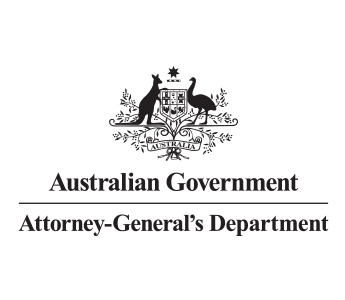Specific and consistent processes
Summary
Make sure requests or claims use a specific form, process or system for consistency.
Why this countermeasure matters
Not using a specific form, process or system to manage requests or claims can lead to:
- disorganised practices
- inconsistent decision-making
- less transparency and ability to track decisions and past processes
- weaknesses in other countermeasures
- fraudsters deliberately using confusion and deception to exploit dysfunctional processes.
How you might apply this countermeasure
Some ways to implement this countermeasure include requiring:
- all program claims to be made using a specific form
- all overtime claims to be processed through the HR system
- all updates to provider bank accounts to be processed using the provider portal
- all assets to be requested through a specific process or form
- a plagiarism check to be completed using a specified process and/or tool
- an integrity review to be completed for all research reports before publishing, using a specific process and system.
How to check if your countermeasures are effective
Here are some ways to measure the effectiveness of this type of countermeasure:
- analyse completed requests and claims to confirm the specific form, process or system was used on all occasions.
- review forms and processes to see if they conform to national guidelines and frameworks.
- review a sample of completed requests and claims to confirm the specific form, process or system was used on all occasions.
- undertake testing or a process walk-through to confirm that processes cannot be worked around.
- review procedures or guidance to confirm they clearly specify the form, process or system to be used.
- confirm forms, processes or systems are always available.
- ask staff about the forms, processes or systems to make sure they have a consistent understanding.
- confirm that someone cannot get past the requirement to use a specific form, process or system even when subject to pressure or coercion.
Related countermeasures
This type of countermeasure is supported by:
Develop clear instructions and guidance for activities and processes, such as instructions for collecting the right information to verify eligibility or entitlements, procedures to help staff apply consistent and correct processes and guidance to help staff make correct and ethical decisions.
Provide staff with adequate training to increase likelihood that correct and consistent processes and decisions will be applied.
Limit access to systems, data, information, physical documents, offices and assets.
Make sure sensitive or official information cannot leave your entity's network without authority or detection.
Limit and monitor privileged system accesses (those that allow staff, contractors and providers to perform special functions or override system and application controls). The Protective Security Policy Framework outlines the government protective security requirements to safeguard information from cyber threats, including to restrict administrative privileges.

